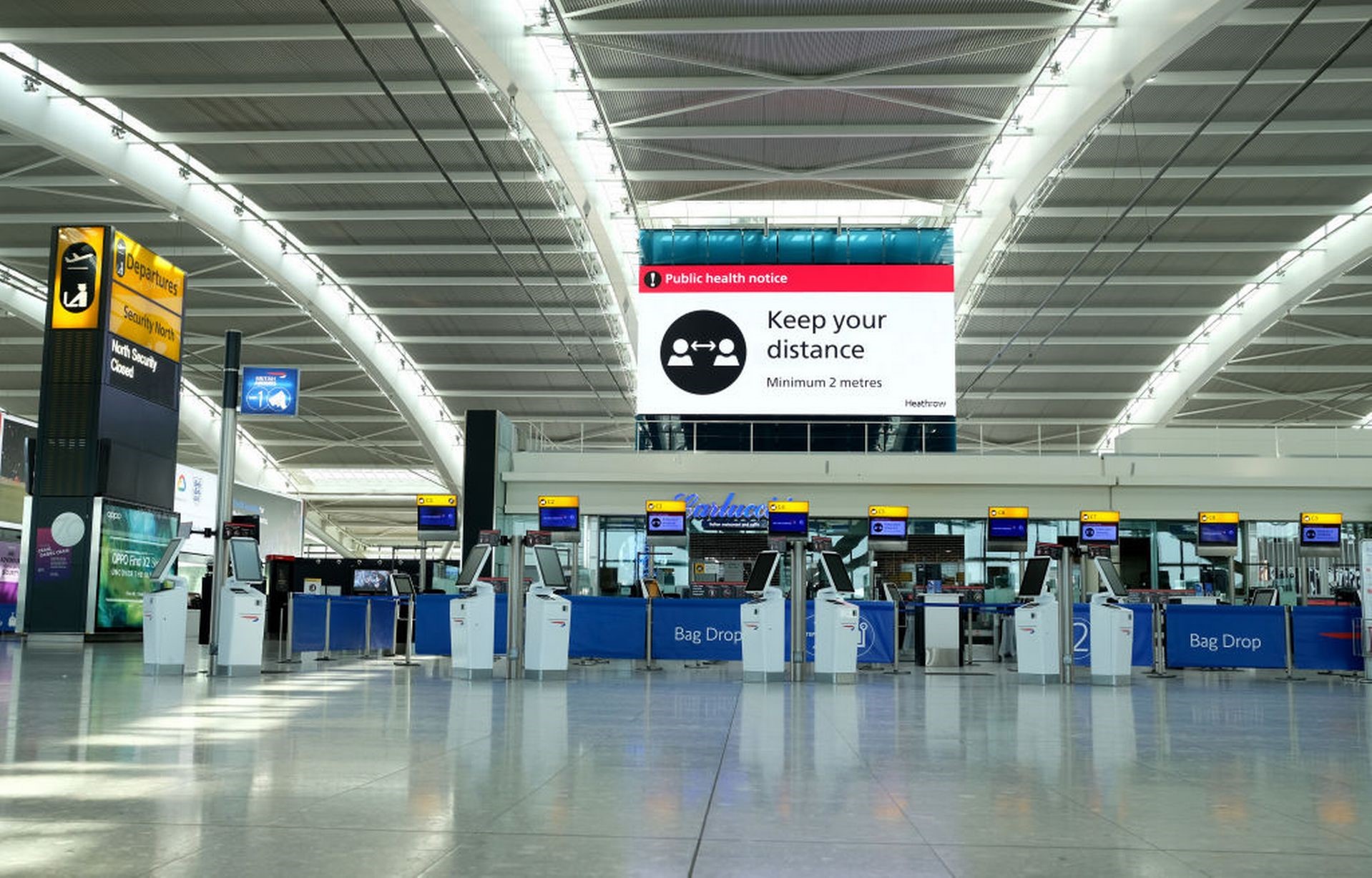Five years ago this week, daily life, as most of us knew it, came to a halt as the world realized it was in the grips of a deadly global pandemic unlike anything previously seen in modern times.
By March 11, 2020, more than 118,000 cases of COVID-19 had been reported across 114 countries, and there were 4,291 resulting deaths, according to a CDC timeline of the pandemic’s emergence. On that day, the World Health Organization (WHO) officially declared COVID-19 a pandemic.
Two days later, on March 13, the Trump Administration announced a nationwide emergency banning entry of non-U.S. citizens from 26 countries. This was followed 24 hours later by a “no sail order” from the CDC for all cruise ships, calling for them to cease all activity in all waters over which the U.S. held jurisdiction.
Travel, an industry worth $10.3 trillion globally in 2019, accounting for 10.5 percent of all jobs around the planet and 7 percent of all trade, was about to experience the unthinkable: Being brought to a standstill. It would take years to recover.
March 2020: The Month Everything Changed
It can be hard to believe that the deadly COVID-19 pandemic is already five years behind us. The years have flown by, in some ways, and life has largely returned to normal. The journey to get to this point however, was no small feat. It has been daunting, both individually and collectively.
In March 2020, the routines of daily life changed seemingly overnight. Millions of workers lost jobs as businesses ceased operations. Many of those who remained employed were required to work remotely and found themselves suddenly adjusting to digitalization. Schools shifted to remote learning, and healthcare workers became the front-line defense, helping us all fight a global existential threat. And these are just some of the impacts.
Turning to the tourism industry, one of the central policies implemented to help contain the virus was restrictions on mobility, both domestically and internationally. This had a profound impact on every level of travel, including slashing demand for hotels and eliminating patronization of restaurants, as well as countless other hospitality venues.
Air travel was one of the hardest-hit global industries: “After a decade of consistent and robust growth in global passenger traffic, the ongoing COVID-19 pandemic brought airports around the world to a virtual halt in the second quarter of 2020, erasing almost overnight, more than 20 years of passenger traffic growth,” says a report from Airports Council International (ACI).
In 2020, there was a 62.3 percent decline in global passenger traffic, which amounted to about 5.9 billion passengers not flying due to the pandemic, according to ACI.
Additional statistics help further illustrate the bleak reality the travel industry faced five years ago:
- Lockdowns worldwide resulted in a staggering 49 percent GDP decline for the travel industry in 2020 (compared to an overall global economy GDP contraction of just 3.7 percent during the same time frame.) This amounted to a loss of close to $4.5 trillion compared with 2019, according to the World Travel & Tourism Council (WTTC).
- The United States alone recorded a tourism revenue loss of roughly $147 billion between just January and October 2020, according to Statista. By comparison, Spain, the country experiencing the second-highest drop in tourism revenue, lost about $46.7 billion over that same time frame.
- Some 63 million tourism jobs were lost in just 2020 as a result of the pandemic, according to Statista.
The good news is that the industry, by most accounts, has fully rebounded.
In May 2023, the WHO and former U.S. President Joe Biden declared an end to the pandemic. Exactly one year later, in May 2024, a report from the World Economic Forum touted: “Tourism is back to pre-pandemic levels.” The report explained that the global tourism industry in 2024 was not only expected to recover from the lows of the COVID-19 pandemic, but might even surpass the levels seen before the crisis.
A record $1 out of every $10 spent globally in 2024 was expected to be spent on travel as consumers the world over rushed to book hotels, cruises and flights, WTTC reported. The WTTC also estimated that the industry’s contribution to global GDP in 2024 would increase 12.1 percent year-over-year to reach $11.1 trillion, thus making up 10 percent of global GDP. That figure represented a 7.5 percent increase from the previous record set by the travel industry in 2019, before the pandemic emerged.
Travel industry employment has recovered as well. The sector was expected to support nearly 348 million jobs in 2024, which was also a record-breaking 13.6 million more jobs than 2019 industry employment highs.
Yes, the travel industry is back.
One of the positive developments continuing to shape the travel industry is the growing commitment to sustainability and community-focused initiatives. The pandemic served as a turning point for travel, reinforcing the importance of intentional, sustainable, and transformative experiences. It further accelerated the adoption of sustainable travel practices—moving beyond ‘do no harm’ to actively leaving destinations better than we found them.
What other Positive developments in travel can we “credit” COVID-19 for?
Leave a comment
Source : TravelPulse by Northstar




